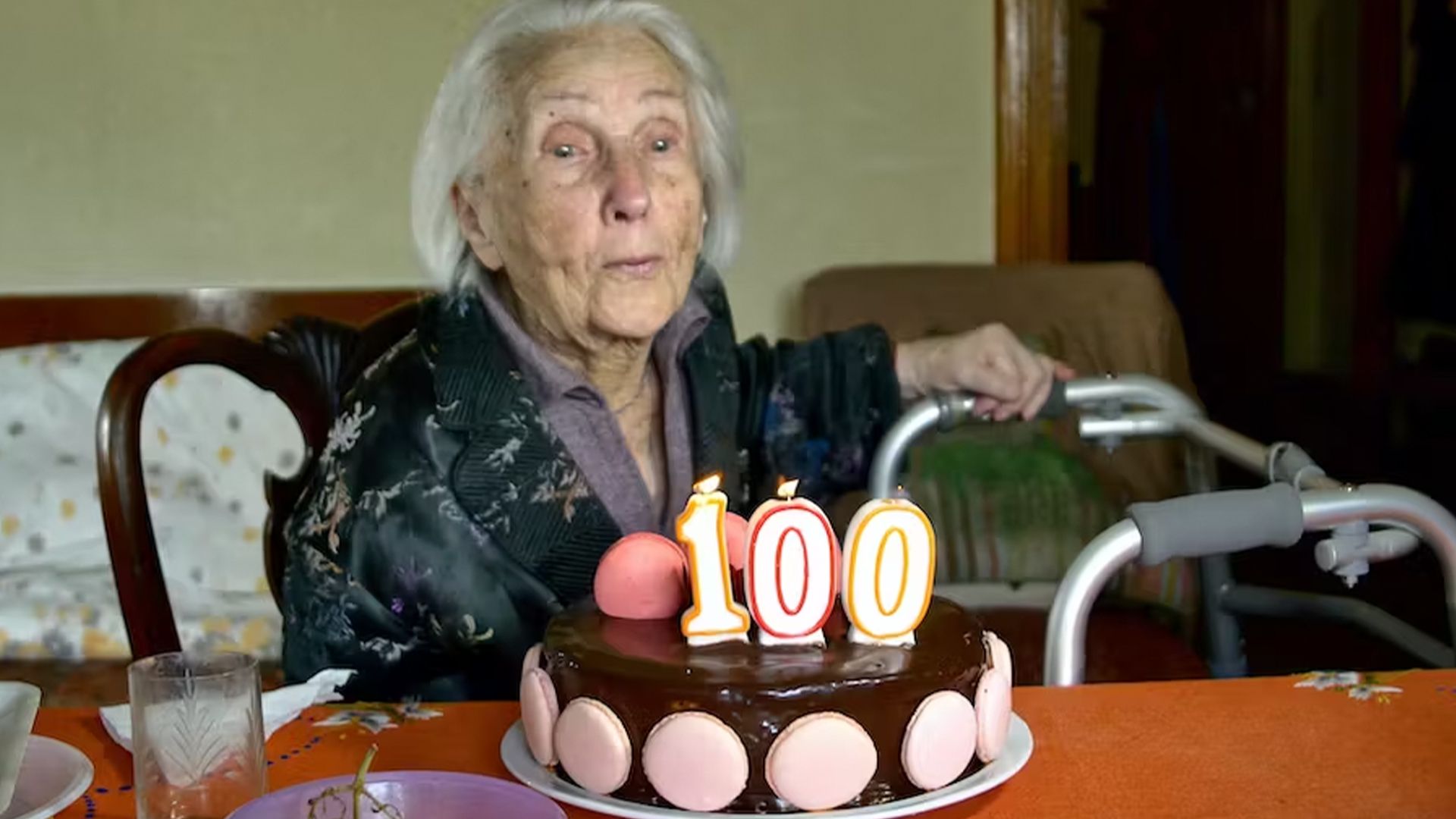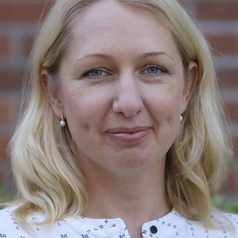Scientists find 10 'markers' in blood that predict people's chances of reaching 100
A recent study pinpoints measurable differences in the blood of people who survived to age 100 and those who died younger.

Centenarians, once considered rare, have become commonplace. Indeed, they are the fastest-growing demographic group of the world's population, with numbers roughly doubling every ten years since the 1970s.
How long humans can live, and what determines a long and healthy life, have been of interest for as long as we know. Plato and Aristotle discussed and wrote about the aging process over 2,300 years ago.
The pursuit of understanding the secrets behind exceptional longevity isn't easy, however. It involves unravelling the complex interplay of genetic predisposition and lifestyle factors and how they interact throughout a person's life. Now our recent study, published in the journal GeroScience, has unveiled some common biomarkers, including levels of cholesterol and glucose, in people who live past 90.
Nonagenarians, or people in their 90s, and centenarians, ages 100 and older, have long been of intense interest to scientists as they may help us understand how to live longer, and perhaps also how to age in better health. So far, studies of centenarians have often been small scale and focused on a selected group, for example, excluding centenarians who live in care homes.
Related: Extreme longevity: The secret to living longer may be hiding with nuns... and jellyfish
Huge dataset
Ours is the largest study comparing biomarker profiles measured throughout life among exceptionally long-lived people and their shorter-lived peers to date.
We compared the biomarker profiles of people who went on to live past the age of 100, and their shorter-lived peers, and investigated the link between the profiles and the chance of becoming a centenarian.
Sign up for the Live Science daily newsletter now
Get the world’s most fascinating discoveries delivered straight to your inbox.
Our research included data from 44,000 Swedes who underwent health assessments at ages 64 to 99 — they were a sample of the so-called Amoris cohort. These participants were then followed through Swedish register data for up to 35 years. Of these people, 1,224, or 2.7%, lived to be 100 years old. The vast majority (85%) of the centenarians were female.
Twelve blood-based biomarkers related to inflammation, metabolism, liver and kidney function, as well as potential malnutrition and anaemia, were included. All of these have been associated with aging or mortality in previous studies.
The biomarker related to inflammation was uric acid — a waste product in the body caused by the digestion of certain foods. We also looked at markers linked to metabolic status and function including total cholesterol and glucose, and ones related to liver function, such as alanine aminotransferase (Alat), aspartate aminotransferase (Asat), albumin, gamma-glutamyl transferase (GGT), alkaline phosphatase (Alp) and lactate dehydrogenase (LD).
We also looked at creatinine, which is linked to kidney function, and iron and total iron-binding capacity (TIBC), which is linked to anaemia. Finally, we also investigated albumin, a biomarker associated with nutrition.
Related: We're nowhere near reaching the maximum human life span, controversial study suggests
Findings
We found that, on the whole, those who made it to their hundredth birthday tended to have lower levels of glucose, creatinine and uric acid from their 60s onwards. Although the median values didn't differ significantly between centenarians and non-centenarians for most biomarkers, centenarians seldom displayed extremely high or low values.
For example, very few of the centenarians had a glucose level above 6.5 earlier in life, or a creatinine level above 125.
For many of the biomarkers, both centenarians and non-centenarians had values outside of the range considered normal in clinical guidelines. This is probably because these guidelines are set based on a younger and healthier population.
When exploring which biomarkers were linked to the likelihood of reaching 100, we found that all but two — alat and albumin — of the 12 biomarkers showed a connection to the likelihood of turning 100. This was even after accounting for age, sex and disease burden.
The people in the lowest out of five groups for levels of total cholesterol and iron had a lower chance of reaching 100 years as compared to those with higher levels. Meanwhile, people with higher levels of glucose, creatinine, uric acid and markers for liver function also decreased the chance of becoming a centenarian.
In absolute terms, the differences were rather small for some of the biomarkers, while for others the differences were somewhat more substantial.
For uric acid, for instance, the absolute difference was 2.5 percentage points. This means that people in the group with the lowest uric acid had a 4% chance of turning 100 while in the group with the highest uric acid levels only 1.5% made it to age 100.
Even if the differences we discovered were overall rather small, they suggest a potential link between metabolic health, nutrition and exceptional longevity.
The study, however, does not allow any conclusions about which lifestyle factors or genes are responsible for the biomarker values. However, it is reasonable to think that factors such as nutrition and alcohol intake play a role. Keeping track of your kidney and liver values, as well as glucose and uric acid as you get older, is probably not a bad idea.
That said, chance probably plays a role at some point in reaching an exceptional age. But the fact that differences in biomarkers could be observed a long time before death suggests that genes and lifestyle may also play a role.
This edited article is republished from The Conversation under a Creative Commons license. Read the original article.

I finished my PhD at the Department of Public Health, Karolinska Institutet in Sep 2010. I did my postdoc at IMM and is currently a research group leader and an Associate Professor at the division of Epidemiology at IMM. My research group, Ageing and Health, concerns the ageing population, the driving force of longevity and old age health, and the consequences of it. I have worked for many years with the national population registers in Sweden and have an interest in the validity of these. I am a member of the steering group for SINGS (The Swedish INterdisciplinary Graduate School in Register-Based Research) and lecture about epidemiological methods and register based research both at graduate and post graduate level.









